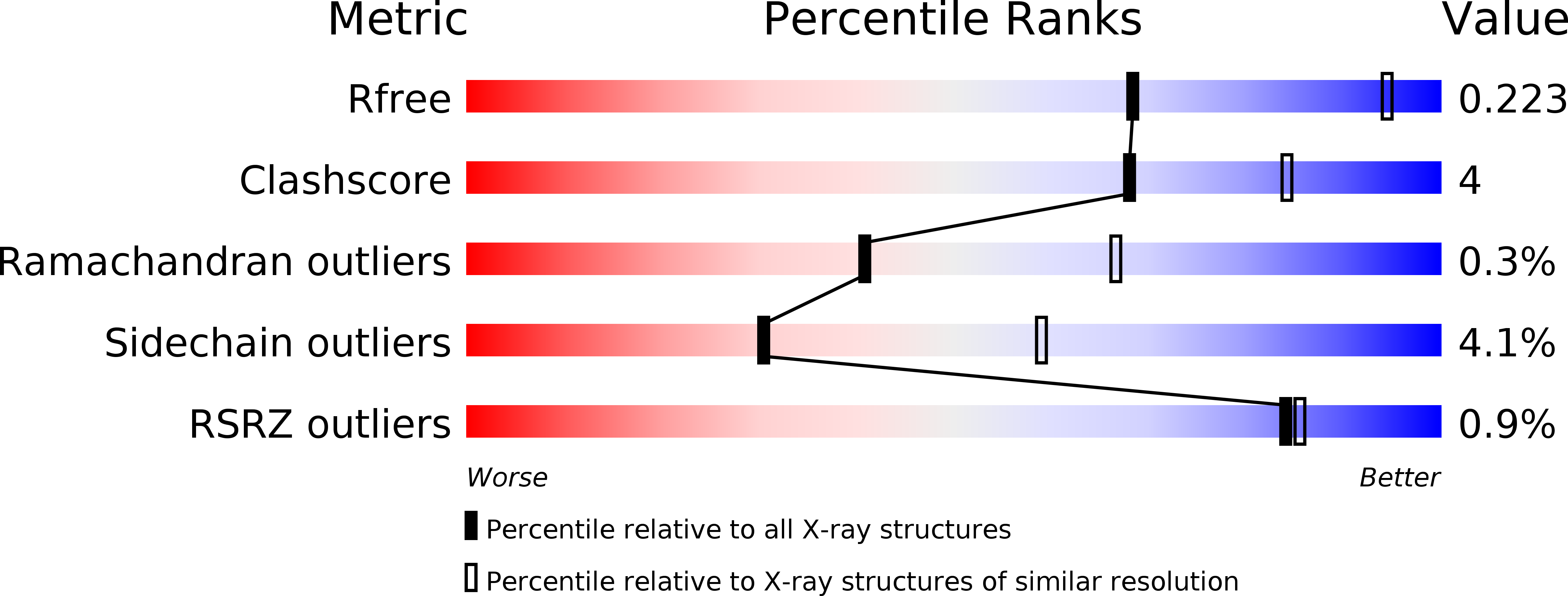
Deposition Date
2011-08-15
Release Date
2012-02-15
Last Version Date
2024-05-08
Entry Detail
Biological Source:
Source Organism:
RHODOBACTER SPHAEROIDES (Taxon ID: 272943)
Host Organism:
Method Details:
Experimental Method:
Resolution:
2.70 Å
R-Value Free:
0.22
R-Value Work:
0.19
R-Value Observed:
0.19
Space Group:
P 65 2 2


